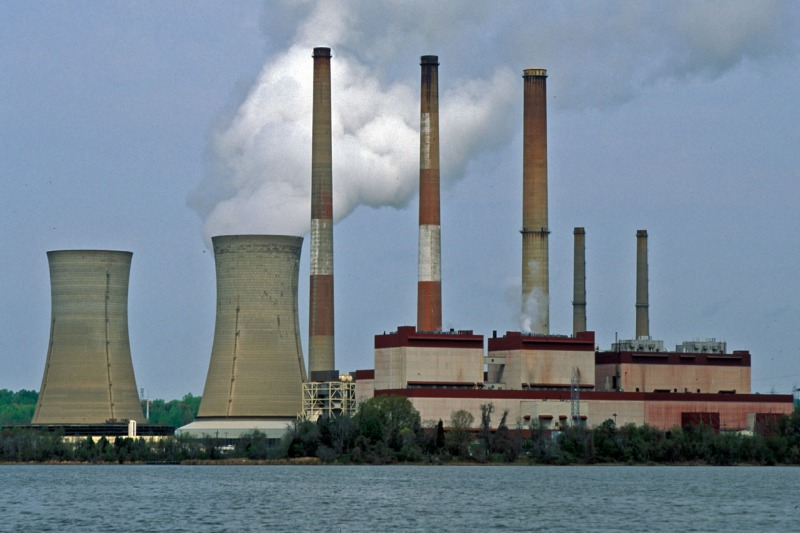According to a study published in early December, the amount of carbon dioxide in the Earth’s atmosphere is higher than it has ever been.
Actually, the study indicates that the last time carbon dioxide (CO2) levels in our atmosphere were this high was approximately 14 million years ago. That was a long time before the advent of modern mankind.
Earth was nine degrees Fahrenheit warmer then than it is now, according to research main author Bärbel Hönisch, a geochemist at Columbia University’s Lamont-Doherty Earth Observatory.
According to University of Pennsylvania meteorologist Michael Mann, who was not involved in the study, sea level was likely more than 40 feet higher than it is now and the Greenland and West Antarctic ice sheets were not yet formed.
High sensitivity of climate to greenhouse gas
It is significantly longer ago than previous estimates—fourteen million years—have shown. According to a Columbia University release, the new study “asserts that long-term climate is highly sensitive to greenhouse gas, with cascading effects that may evolve over many millennia.”
The atmosphere presently contains 420 parts per million (ppm) of CO2, the greenhouse gas mainly responsible for global warming, compared to 280 ppm before to the Industrial Revolution. Over that period, the global temperature has likewise increased by roughly 2 degrees.
Hönisch stated, “We have long known that adding CO2 to our atmosphere raises the temperature.” “This study provides us with a much more reliable understanding of the long-term sensitivity of the climate.”
It’s evident that we have already put the planet in a variety of situations that have never been seen by our species, according to study co-author and University of Utah professor Gabriel Bowen.
Associated:Permafrost in the Arctic is 1,000 years old. Scientists are concerned about what might happen when it thaws.
How can we determine the CO2 concentrations in that distant past?
Since the last few decades have seen actual measurements of CO2 levels in our atmosphere, scientists must rely on “proxy” sources to estimate levels from earlier times. To do this, researchers examine things like air bubbles preserved in ice cores, the composition of prehistoric soils and ocean sediments, and the morphology of leaves from extinct plants.
Why was CO2 at that time so high?
According to Hönisch, “all-natural processes” like volcanoes, which release “a lot of carbon dioxide,” are the reason why CO2 levels were greater millions of years ago.
She also mentioned that CO2 can be released into the sky via the weathering of rocks on land. Indeed, a recent study published in Nature discovered that rocks have the ability to release CO2 at rates comparable to those of volcanoes.
What effect will this have on the future? Do we think we’ll be nine degrees warmer?
However, Mann noted that none of this indicates that humans are committed to a significant increase in global warming and sea level rise. It was more harder for ice sheets to form and aid in global cooling, he claimed, because those high carbon dioxide levels were maintained for millions of years rather than for decades or centuries.
“We can very likely prevent such levels of warming, ice sheet loss and sea level rise if we reduce carbon emissions substantially in the years ahead,” Mann stated.
Paleoclimatologist and co-author of the study Dana Royer of Wesleyan University put it this way: “This (analysis) does not tell you what the temperature will be in the year 2100. However, it does affect the current climate policies. It validates our preconceived notions. It also indicates that there will be slow, cascading impacts that persist for millennia.
‘Uncharted waters’ are where we are.
Indeed, “the study confirms the very close relationship between CO2 and global temperatures, and the fact that we’re headed toward CO2 levels not seen in 14 million years, as established in the study, indeed underscores that we’re in uncharted waters,” Mann stated.
The research additionally “highlights the threat of continued fossil fuel burning at a critical time, as policymakers in Dubai are determining the potential future course of climate action as the window for limiting warming below catastrophic levels begins to close.”





